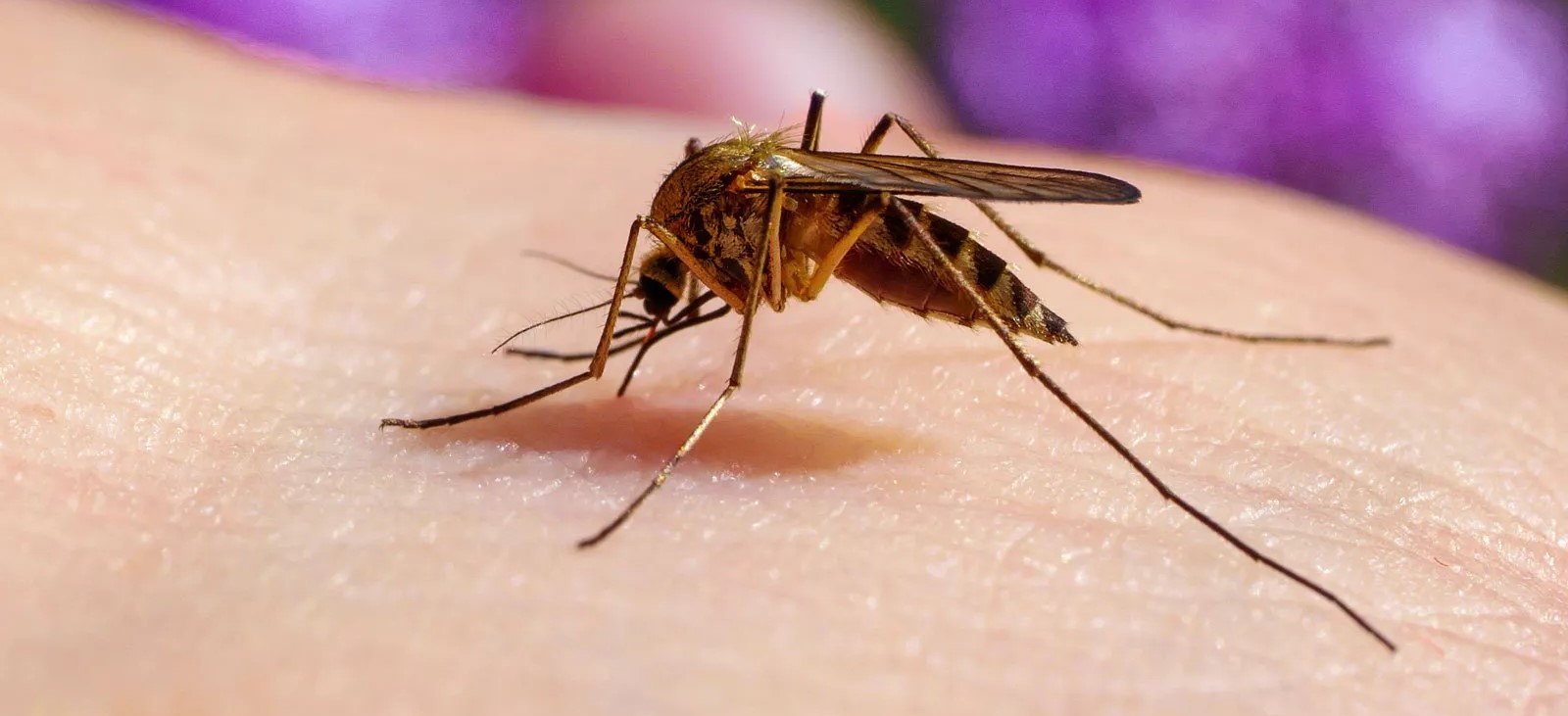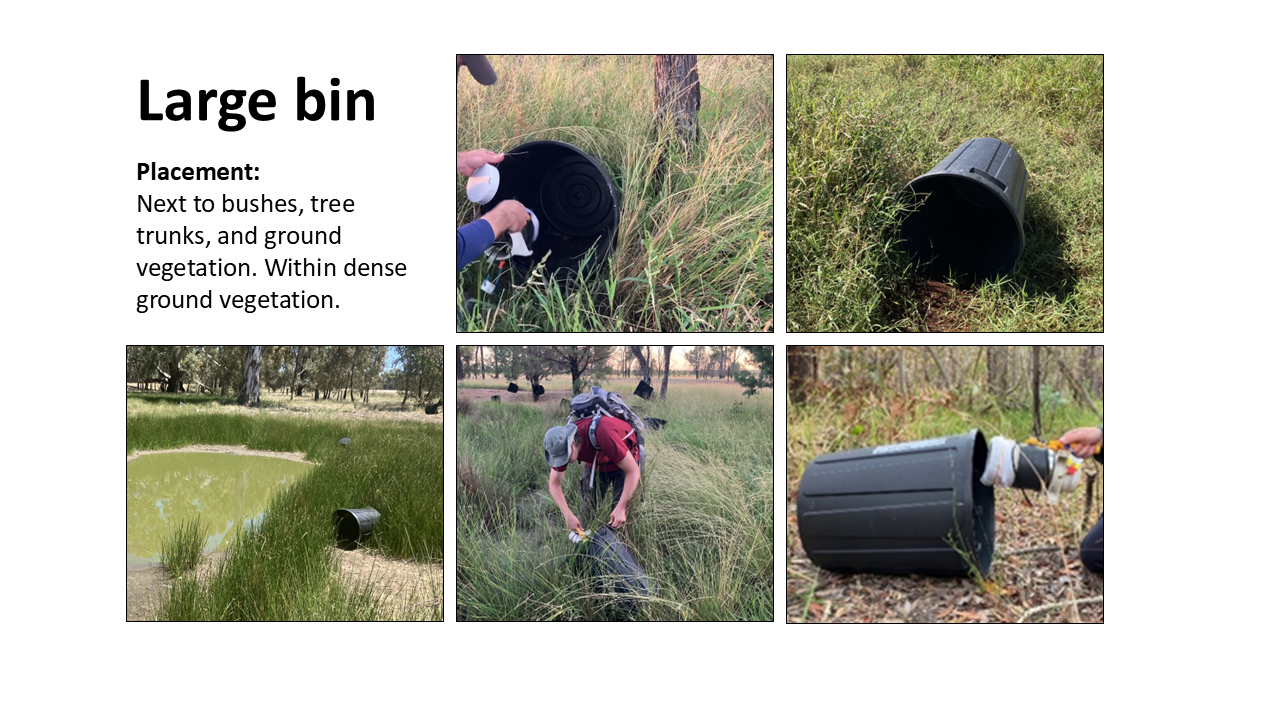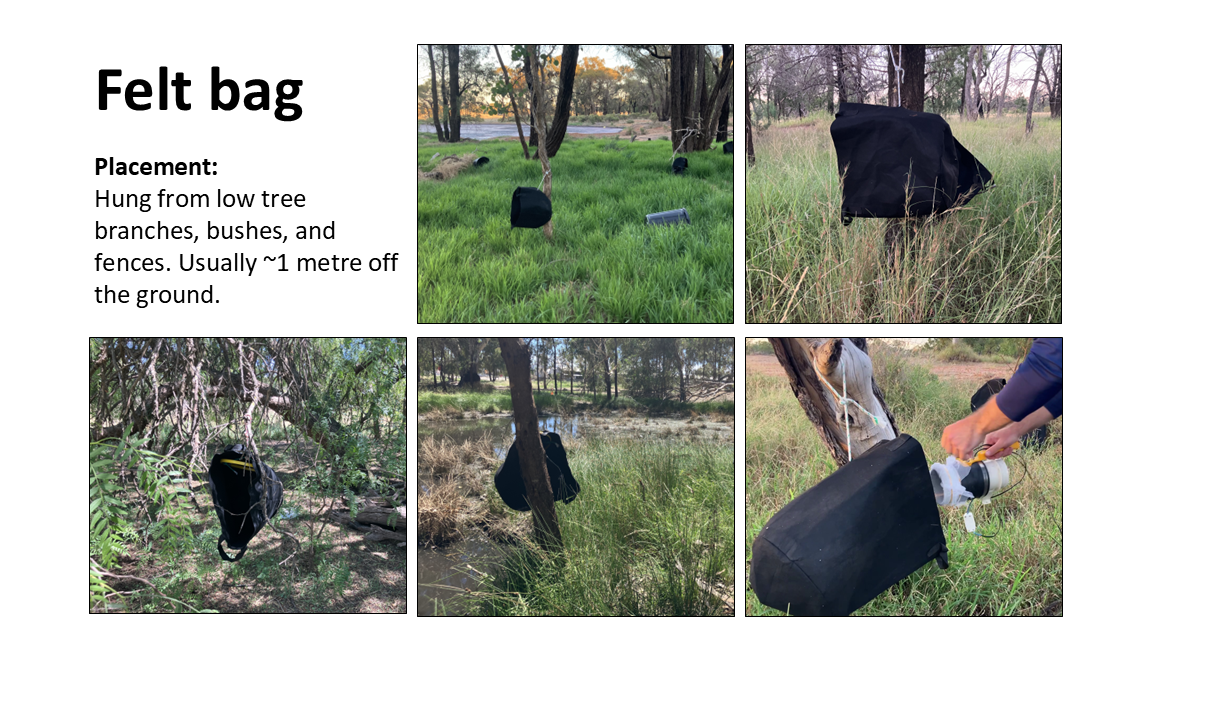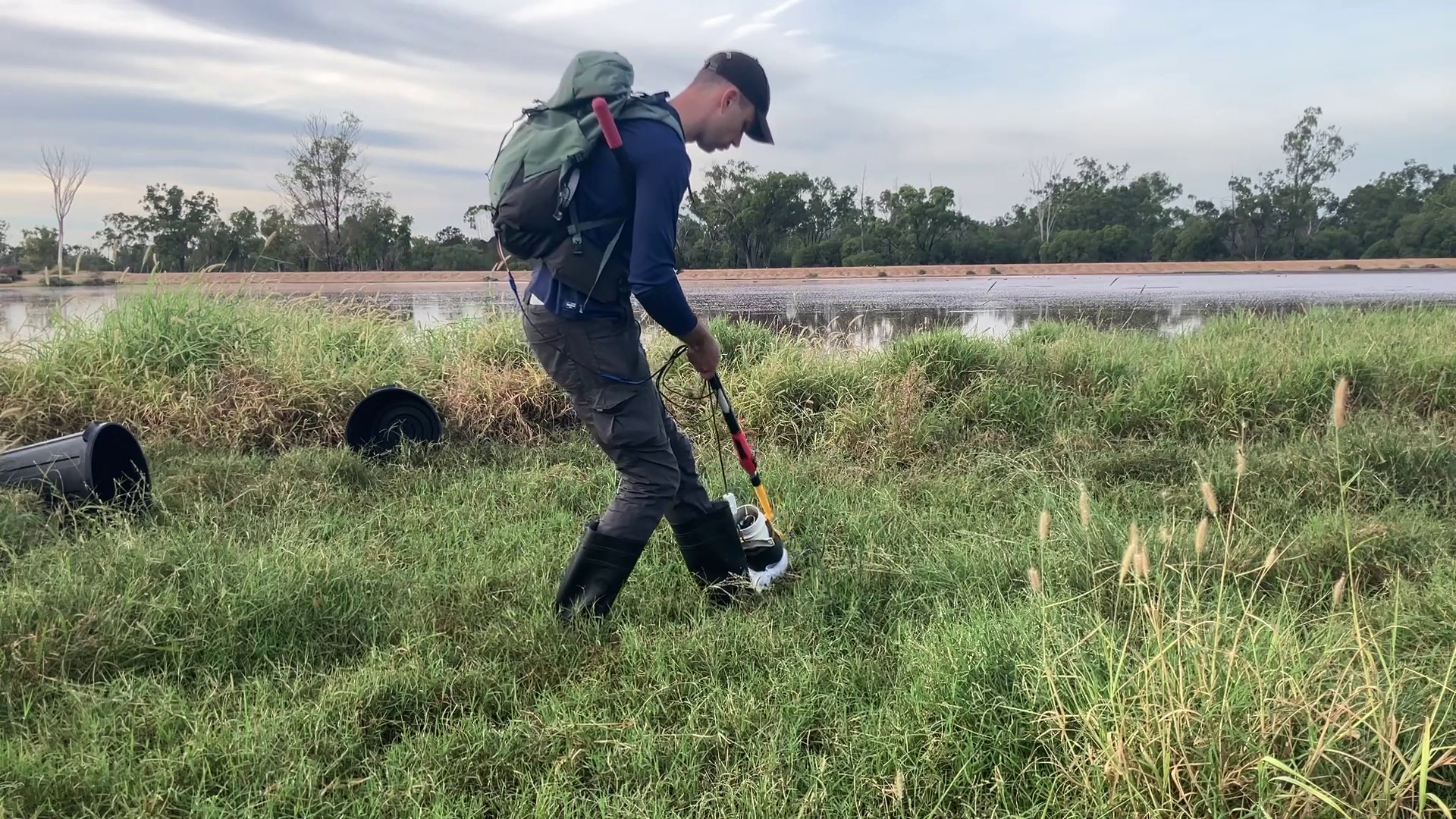I set out to find the best way to collect bloodfed mosquitoes 🩸

Why collect bloodfed mosquitoes?
We use bloodfed mosquitoes to observe mosquito feeding patterns. For example, do mosquitoes feed on birds or mammals?
And crucially . . . which species feed on humans?
A mosquito that feeds on both wild animals and humans could transmit a virus from the infected wild host to us!!
Therefore, each bloodfed mosquito is informative. They provide direct evidence of a vector-host interaction and help us piece together the transmission cycles of mosquito borne diseases.

Why is it so hard to collect bloodfed mosquitoes?
Mosquitoes with a belly full of blood don’t fly into traditional light traps. Dang!
Instead they look for a quite place to rest and digest their bloodmeal, such as a tree hallow, tall grass, or small hole. These locations are hard to access. The bloodfed mosquitoes could be anywhere!
Then how do we collect bloodfeds?
In my research, I tested several methods to see which one is the most effective.
a) Direct aspiration of vegetation
I built a homemade aspirator and would use this to suck up mosquitoes from vegetation. I had the most success in humid, dense, tall vegetation growing in damp soil or on the edge of ponds.
Watch how it’s done! 🎥
b) I also created artifical resting shelters.
In the hope that bloodfed mosquitoes would choose to rest inside these shelters.
I tested large rubbish bins and felt bags hung from trees.


I compared how well these artificial resting shelters performed against aspiration.
I timed each step of the process and then developed a generalised linear model to investigate the results.
Here’s what I found
1) Artificial resting shelters work best when mosquito populations are small.
2) Aspiration works best when the resting bloodfed mosquitoes are concentrated in small patches of vegetation.
3) The mosquitoes collected from the artificial shelters varied depending on where they were placed. It looks like Culex species prefer ground vegetation and Anopheles species might prefer trees.
My suggestions
-
Use artificial resting shelters, but place them strategically.
- Place them in dense humid vegetation that bloodfed mosquitoes are already likely to rest in. Therefore, the artificial resting shelter acts to congregate the mosquitoes to make them easier to collect.
-
Use artificial resting shelters if collecting from one area for a long period of time.
- If you’re only visiting a site for one day then aspiration is likely more efficient than setting up the artificial resting shelters.
-
Larger artificial resting shelters are better.
-
Collect from the artificial resting shelters as early as possible in the morning. Once the sun comes up the resting mosquitoes move to cooler vegetation.
Read more
If you’d like to see all the juicy data (including the model of trap efficiency), our paper can be found here:
